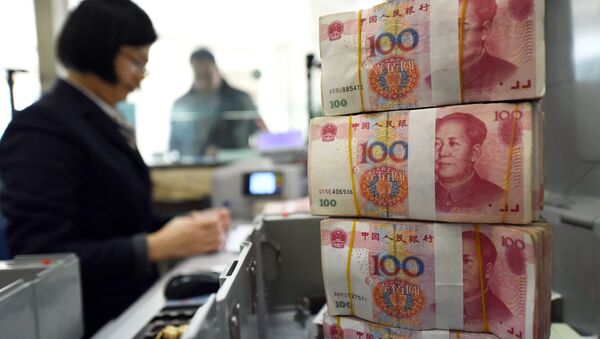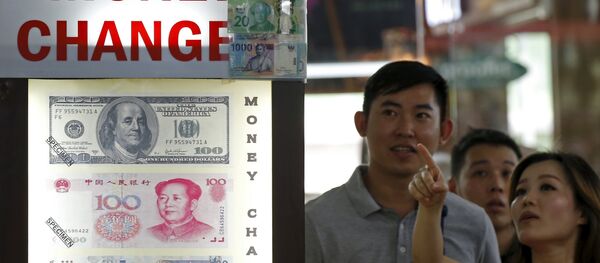The IMF said the inclusion of the yuan is an important milestone in integrating the Chinese economy into the global financial system.
"Consolidating and further strengthening the RMB (renminbi) internationalization process will help strengthen the Chinese economy, and therefore the global economy," IMF’s Strategy Department Director Siddharth Tiwari said in a press release.
This move is of special importance for Chinese financial institutions operating abroad. For example, the Russian branch of Bank of China has been seeing a growing number of customers, from corporate clients to Russian tourists and Chinese students.
On the one hand, the reason is that Russian companies need more yuan for payments. On the other hand, China’s stable economic growth is building up Russia’s confidence in the yuan.
"Today, we’re witnessing that yuan-denominated transactions are getting more and more popular in the Russian market. Russia and China are also intensifying cooperation on payments in national currencies. For example, last year the total sum of contracts including yuan at the Moscow Exchange topped 80 billion yuan," Gao Yan, head of the Bank of China’s branch in Russia, told CCTV.
Over the past 20 years, the number of Chinese commercial banks operating in Russia reached four. Earlier, Russian customers were hardly acquainted with the Chinese currency, but as Russia-China cooperation developed yuan has been increasing its role in the Russian financial market.
"Over the recent years, there have been more and more transactions in yuan. Moreover, the bank began cash transactions in yuan. In Russia, there are nearly 200 banks holding yuan-denominated correspondent accounts in Bank of China. Thus, the the bank provides more services to Russian customers via its partners," Gao Yan said.
The Russian Central Bank is also interested in the Chinese currency, in a bid to diversify its foreign currency reserves and reduce its dependence on the US dollar. In the fourth quarter of 2015 the Central Bank began holding assets in Chinese yuan.
According to the bank’s latest report, by March 31, 2016, yuan made up 0.1 percent of the bank’s foreign currency reserves.





